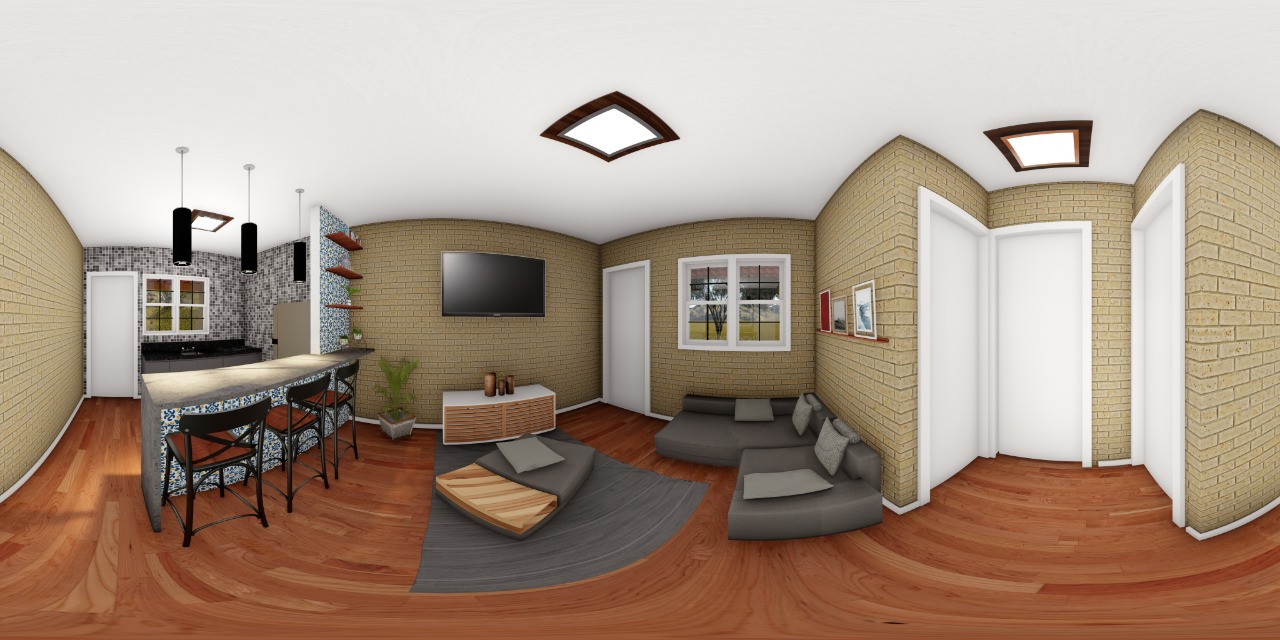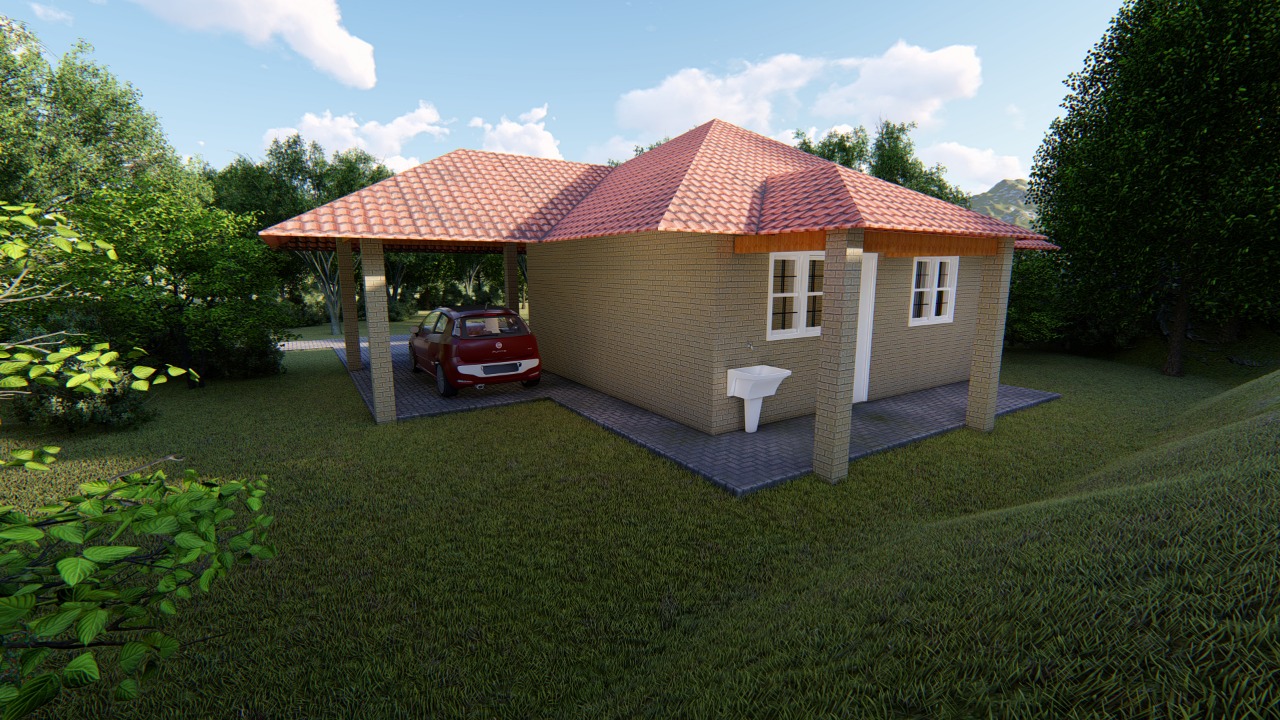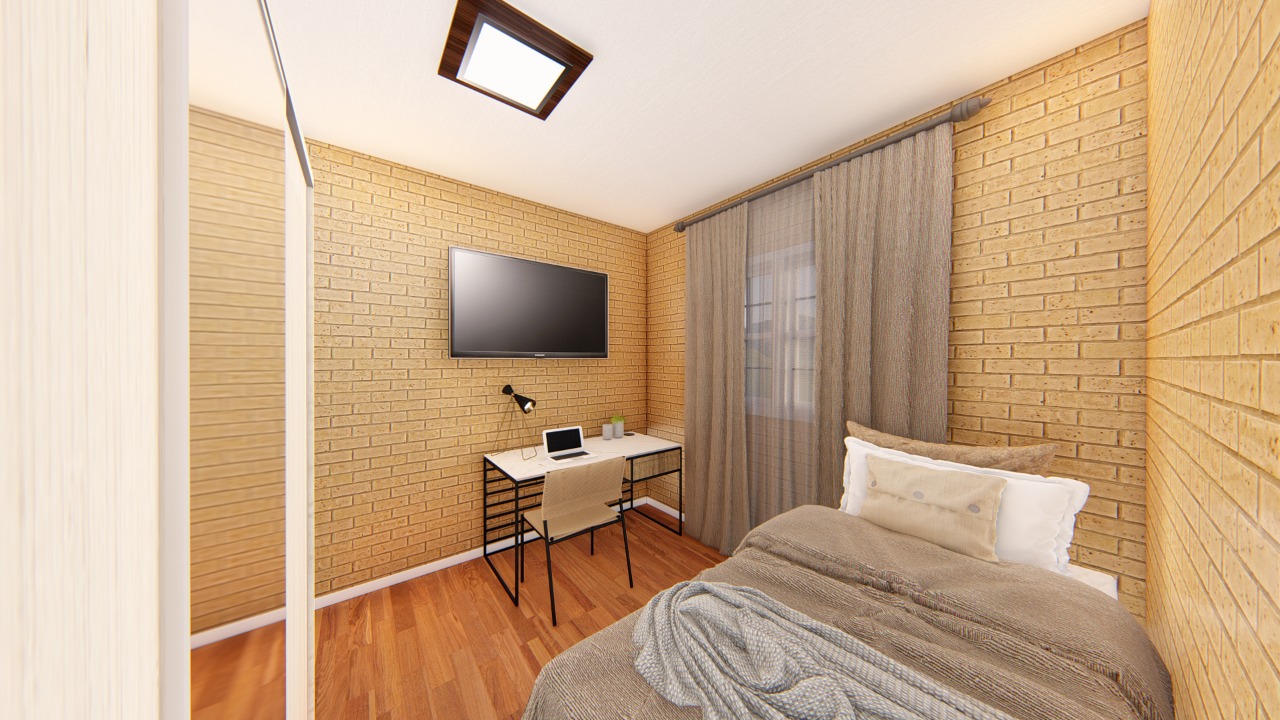Why Ecological Bricks Are Taking the World by Storm




Why Ecological Bricks Are Taking the World by Storm
Reimagining Home Construction
Rising construction costs, scarce labor, and volatile material prices have turned the dream of owning a home into a distant hope for many Americans. Traditional building methods—dependent on high-carbon cement blocks, lumber shortages, and endless shipments of pricey supplies—are forcing budgets to balloon beyond what most families can handle. It’s no wonder so many people end up renting year after year, watching housing prices climb while their savings struggle to keep up. Ecological bricks are not just a cheap novelty; they’re a lifeline in a market that makes it feel almost impossible to secure a place to call your own.
But what exactly sets eco-bricks apart from other “alternative” materials? For one, they rely on local, readily available resources—like stone dust, phyllite, or even certain types of recycled aggregates—which drastically cuts shipping and sourcing costs. By ditching the conventional, unsustainable supply chain, you reduce your dependence on massive corporations and avoid the wild price hikes that can put homeownership out of reach. Ecological bricks give you the opportunity to reclaim control over the building process, making it far more cost-effective to break ground on your future home. If you’re tired of feeling like you’ll never escape the rising tide of rent and mortgages, eco-bricks may be the single most important discovery you make.
How Eco-Bricks Are Made
At their core, ecological bricks are formed by compressing natural or recycled materials into dense, uniform blocks. By carefully blending stone dust, earth, and minimal stabilizers such as cement, you get a mix that is then pressed under high pressure, eliminating pockets of air and increasing strength. The result? A surprisingly robust brick that’s often stronger and more moisture-resistant than the mass-produced alternatives you’ll find in big-box stores. Once molded, these bricks undergo a curing process—often outdoors under controlled conditions—to reach optimal hardness and durability. That method alone saves a fortune on energy costs: no kiln, no intensive heat, no massive carbon footprint.
What really pushes eco-bricks to the front of the pack, though, is how easily they adapt to local conditions. Because the main ingredients can be sourced from the area you’re building in, you minimize logistics expenses and support local economies in the process. Your final structure effectively “belongs” to the land it’s built on—grounding you in a way that generic, one-size-fits-all building systems never could. When you see how efficiently these bricks come together and how naturally they blend into their surroundings, it becomes clear that ignoring this technique might mean missing out on one of the most practical, cost-effective paths to homeownership in today’s market.
Strength, Sustainability, and Savings
One of the biggest myths about alternative construction methods is that they’re somehow less robust. Ecological bricks prove otherwise: their compressed and interlocking design can easily compete with, and sometimes surpass, traditional cinder blocks in load-bearing capacity. In many cases, you’ll even save time by using less mortar and assembling rows more quickly. Coupled with natural insulation properties, eco-bricks help regulate indoor temperatures, cutting down on the need for big HVAC systems and shaving significant dollars off your monthly energy bill. This potent combination of lower upfront costs and ongoing savings means you’re not just building a house; you’re building a sustainable financial future.
Better yet, eco-bricks are kind to the environment—a win for you and the planet. By tapping into local resources and limiting heavy machinery during the manufacturing process, you generate fewer greenhouse gases. This might not just be an ethical choice; it’s likely to become an economic one if energy prices and carbon taxes keep trending upward. In a market that demands greener, healthier homes, using eco-bricks sets your property apart and can even boost its future resale value. If you don’t seize the advantage now, you risk paying ever-increasing premiums for outdated materials—leaving you trapped in a cycle of debt, missed opportunities, and a house that costs more to maintain with each passing year.
Bringing Eco-Bricks to Your Backyard
Despite their global popularity, ecological bricks are just starting to gain serious traction in North America—giving early adopters a prime opportunity to lock in construction savings while everyone else is still paying a premium for conventional methods. Whether you’re envisioning a simple off-grid tiny home or a spacious, modern dwelling, eco-bricks can scale to fit your ambition. By following a proven step-by-step guide to mixing, pressing, curing, and building, you’ll discover that this “new” method is actually grounded in centuries of earthen-building wisdom—updated with today’s compression technology to guarantee structural integrity.
Most importantly, it’s a path to ownership that’s still within reach for everyday people. No more deferring your dreams because of mind-boggling mortgage rates or spiraling material expenses. Ecological bricks cut straight through the noise, offering you a realistic way to claim the home you deserve. Don’t wait for the next housing crash or keep pouring money into monthly rent. Embrace the eco-brick revolution and discover how these ingenious blocks can finally turn your dream of a permanent, affordable home into a reality. The choice is yours: jump in now, or risk never knowing what it feels like to have a place truly built on your own terms.
